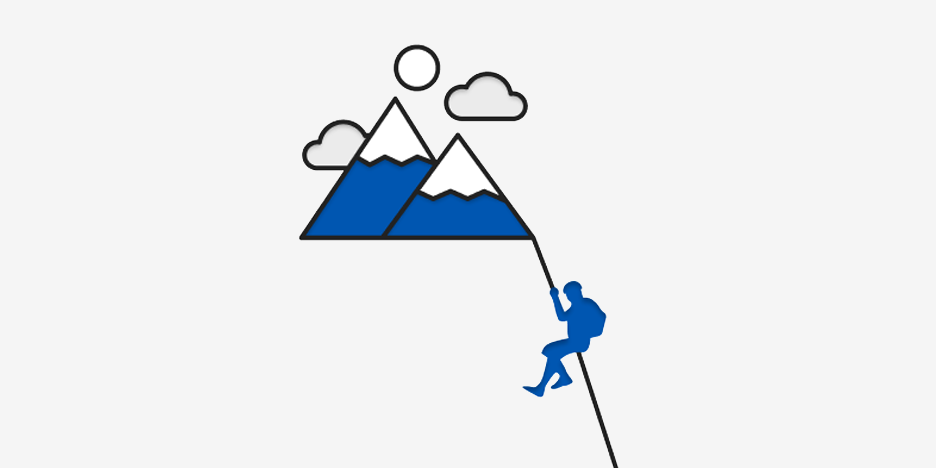Mountain Rescue Association Webinar Series
Above Ground Rescue VS Cave Rescue
Presenter: Debbie Spoons | MRA Webinar Series |
Would your rescue team be effective during a cave rescue? What are your resources? Do you even need outside resources? This webinar will discuss the drastic differences between above ground rescues and underground rescues and the different resources available to you. Many rescue teams are literally caught between a rock and a hard spot when attempting to conduct a cave rescue. The techniques that we rely on above ground do not always work underground. Did you know that for every 10 minutes a person travels into a cave, it will take trained cave rescuers an hour or more to remove the person if they are not able to walk themselves? Most cave rescues take multiple hours to, many times, days to complete.
You and your team also have to deal with the stress of: total darkness, small, cramped, wet working areas, and the stress of being underground for hours at a time. Confined space training is not adequate for cave rescues. Some of the differences between above and underground rescues include: haul systems, logistics, pre-planning, communications (or lack thereof), ICS, resources, moving patient, medical considerations, and other rescuer considerations.
Debbie Spoons has been a member of Utah County Sheriff’s Office Search and Rescue since 2010. Debbie attends hundreds of hours of classes each year in cave rescue techniques, not only as a student but also as an instructor. She is a Level 2 NCRC – (National Cave Rescue Commission) and will complete Level 3 this summer. Debbie is the NSS (National Speleological Society) Webinar Chair and is in the process of building a “Cave Safety/Cave Rescue Library”, through hosting educational webinars. You can view these webinars at www.caves.org.

